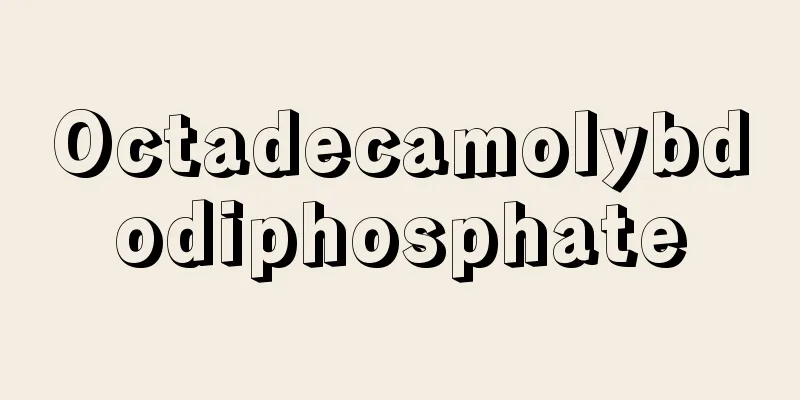Count Alessandro Volta

|
Italian physicist. Born in Como in northern Italy. Graduated from the Royal Academy of Fine Arts in the same city, he became professor of physics there in 1774 and professor of natural philosophy at the University of Pavia five years later. In 1815, he was invited to the University of Padua, where he also served as Dean of the Faculty of Science. At first, he was deeply interested in literature such as poetry and prose, but after reading Lucretius's On the Essence of Things, he was deeply impressed and determined to explore nature. From the age of 18, he began to study electrostatics, and received guidance and suggestions through correspondence from Jean-Antoine Nollet (1700-1770) and Giambatista Beccaria (1716-1781), who were authorities in the field at the time. In 1769, he published his first paper, "On the Gravitation of Electric Fire," in the form of a letter to Beccaria. After that, he continued to study static electricity, including measuring atmospheric electricity, and invented a series of electrical devices such as an electric basin, a capacitor, and an electroscope. Around the same time, he also studied pneumatics, such as swamp air (methane). When Italian anatomist Galvani concluded through his famous "frog experiment" that a mechanism for generating electricity exists in animals and published the results of his research, which lasted 10 years, in 1791, Volta immediately began to tackle the problem. At first, he accepted Galvani's theory, but after further examination, he eventually rejected it and sought the cause of electricity generation in the contact of dissimilar metals themselves. While debating with the animal electricity proponents, from 1794 to 1797, he used a precise electroscope he invented to measure the amount of electricity generated by the contact between various dissimilar metals, discovered the electric series (electrochemical series) of metals, and arrived at the idea of contact potential difference. Thus, in 1799, he created the famous "Volta's pile" by stacking dozens of pairs of copper and zinc plates with damp cloth between them, and further invented a battery by soaking copper and zinc in a dilute sulfuric acid solution, which he reported to the Royal Society in the following year, 1800. This invention, by making it possible to obtain a continuous, steady electric current, was a breakthrough that led to the subsequent development of electromagnetism and electrochemistry. In 1801, Volta demonstrated his electrical experiments to Napoleon at a large meeting of the Académie Française. Napoleon awarded him a gold medal and a medal, and later gave him the title of count. He was elected a member of the Royal Society, received the Copley medal, and was awarded the Légion d'honneur by the French government, among other honors, when he died in his hometown of Como on March 5, 1827. [Takayoshi Inoue] [References] | | | | | |Source: Shogakukan Encyclopedia Nipponica About Encyclopedia Nipponica Information | Legend |
|
イタリアの物理学者。イタリア北部のコモに生まれる。同地の王立学院を卒業し、1774年にそこの物理学教授、5年後にはパビア大学の自然哲学教授になった。さらに1815年パドバ大学に迎えられその理学部長を兼務した。 初め詩や散文など文学に深い関心をもっていたが、ルクレティウスの『物の本質について』を読んで感銘を受け、自然探究への志を強くした。18歳ごろから静電気学の研究に進み、当時この分野の権威であったノレJean-Antoine Nollet(1700―1770)やベッカリーアGiambatista Beccaria(1716―1781)に文通を通じて指導と多くの示唆を受けた。1769年、最初の論文「電気火の引力について」をベッカリーアへの手紙の形で発表した。以後、空中電気の測定を含め静電気の研究を進め、電気盆、蓄電器、検電器など一連の電気機器を考案した。また、同じころに沼気(メタン)の研究などの気学の研究も行っている。 イタリアの解剖学者ガルバーニが有名な「カエルの実験」によって動物の体内に電気発生の機構が存在すると結論し、10年に及ぶその研究結果を1791年に発表すると、ボルタはただちにこの問題に取り組んだ。初めガルバーニの説を受け入れていたが、追試などの検討を経て、やがてそれを否定し、異種の金属の接触自体に電気発生の原因を求めた。動物電気論者との論争を行いつつ、1794年から1797年にかけて、彼は自分の考案した精密な検電器を使って種々の異種金属間の接触によって生じる電気量を測定し、金属の電気列(電気化学列)をみいだし、接触電位差の考えに到達した。こうして1799年に、銅板と亜鉛板の間に湿った布を挟んだものを何十組も重ねて有名な「ボルタの電堆(でんたい)」をつくり、さらに銅と亜鉛を希硫酸溶液に浸した電池を発明し、翌1800年それをイギリスの王立協会に報告した。この発明は、持続的な定常電流の獲得を可能にすることによって、その後の電磁気学や電気化学の発展を招来する画期となった。1801年、ボルタはアカデミー・フランセーズの大集会でナポレオンを前にして電気実験を供覧した。このときナポレオンは彼に金メダルと勲章を贈り、のちに伯爵の称号を与えた。彼は王立協会からその会員に推挙されるとともにコプリ・メダルを受け、フランス政府からはレジオン・ドヌール勲章を贈られるなど数々の栄誉のうちに、1827年3月5日に郷里のコモで没した。 [井上隆義] [参照項目] | | | | | |出典 小学館 日本大百科全書(ニッポニカ)日本大百科全書(ニッポニカ)について 情報 | 凡例 |
<<: Porta (English spelling) Porta, Carlo
>>: La Volta (English spelling)
Recommend
Nan Ning Wan (English spelling)
Name of a place in the southern part of Yan'an...
Yun Isang - In Isang
A Korean-born composer. After studying composition...
Asakusa Betsuin
A temple in Nishi-Asakusa, Taito-ku, Tokyo. It is ...
Avon Products, Inc.
The world's largest American cosmetics manufac...
Ligor (English spelling)
A dialectal pronunciation of the Thai place name N...
Moscow-Tartu School - Moscow-Tartu School
A group that has been developing semiotics since a...
Mustard Seed Garden Paintings
…A Chinese painting guidebook from the Qing dynas...
Exercise fibers
...Type A motor fibers are classified into three ...
Amānullāh (English spelling) Amanullah
...However, one of the intellectuals who witnesse...
Bank book-keeping - ginkoubouki (English spelling) bank book-keeping
This is bookkeeping used in banking. Like commerc...
External endometriosis - external endometriosis
...There is also endometrial hyperplasia, in whic...
Vata (English spelling)
…Translated into Chinese as 〈wind heaven〉. Bāyu o...
Akigumi - Akigumi
A deciduous shrub of the Elaeaceae family (APG cl...
Bonding Initiation - Kechien Kanjo
〘Noun〙 Buddhist term. An initiation ceremony given...
Solar calendar - Taiyoreki
A calendar system that counts days using only one...









